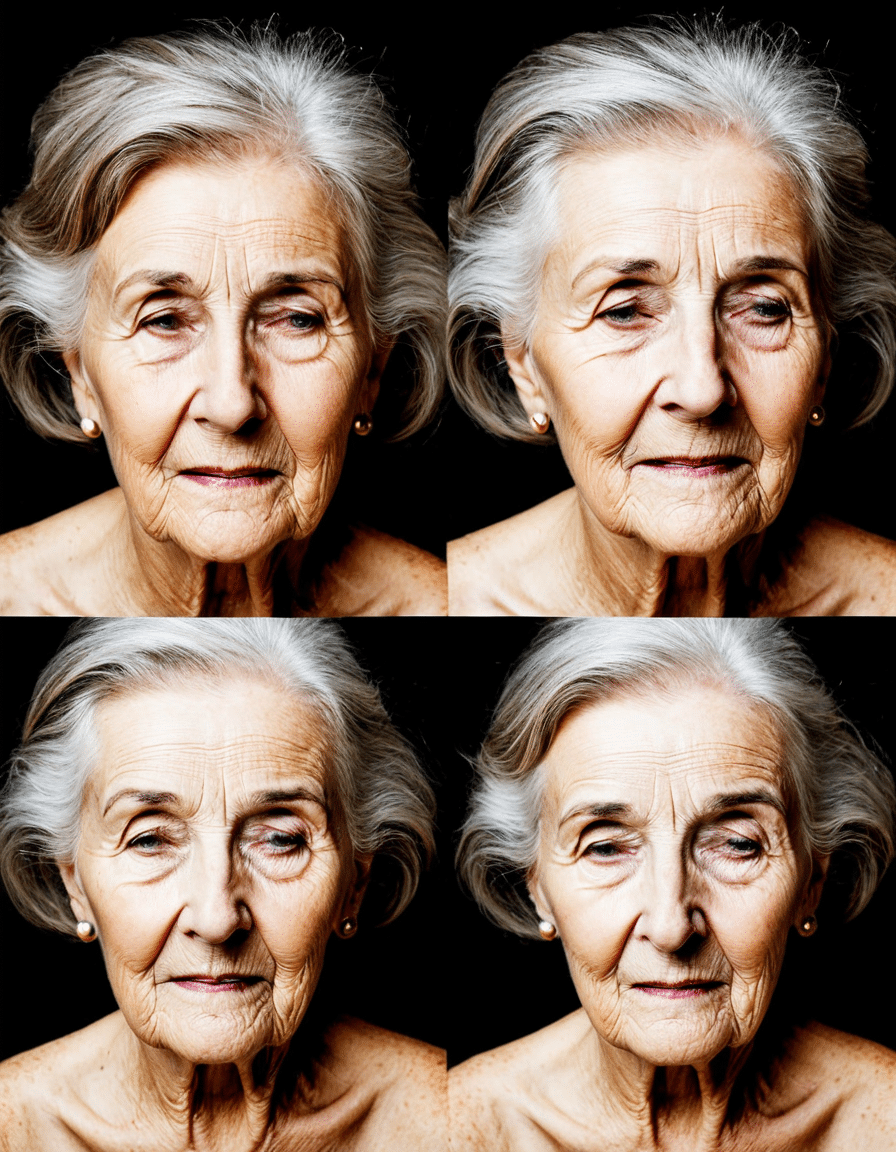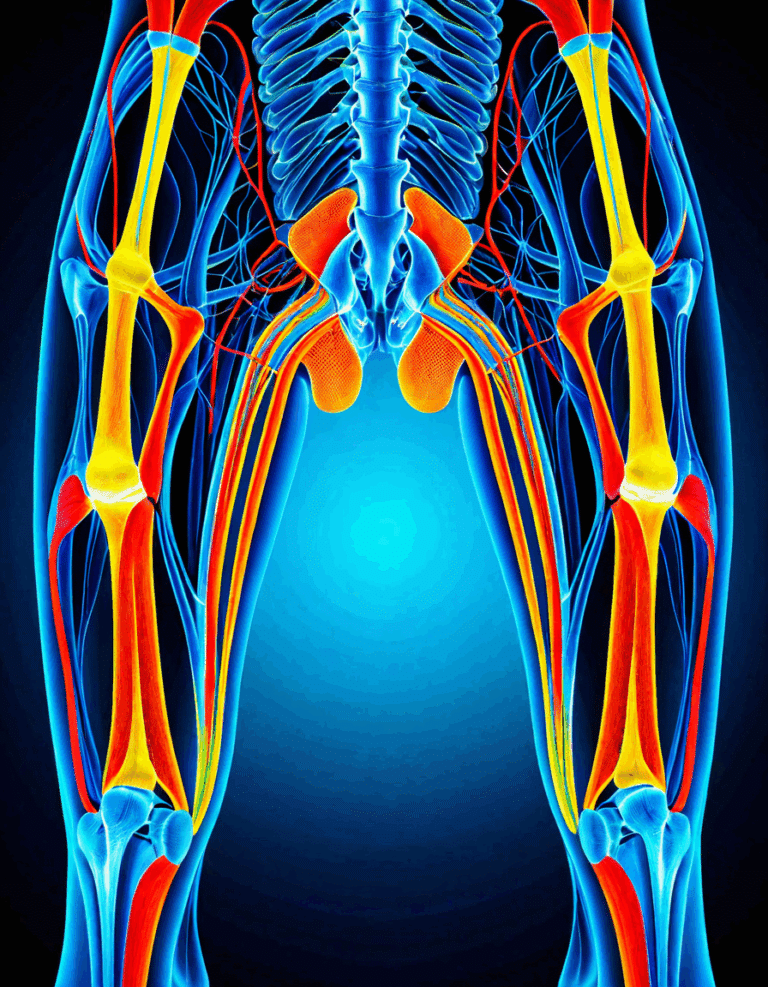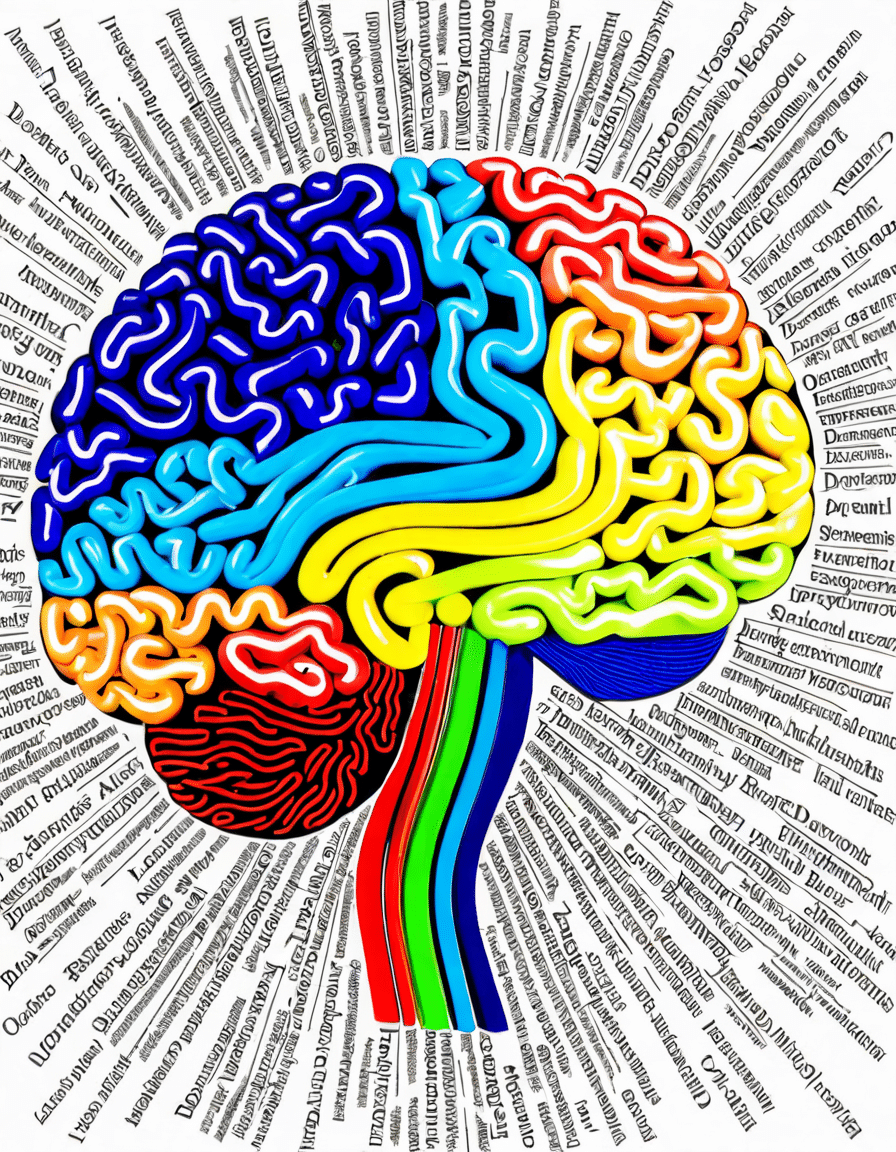When it comes to health, knowledge is your best tool. Today, let’s tackle Lewy Body Dementia (LBD), an often misunderstood neurodegenerative condition. If you or a loved one are aware of Lewy Body dementia symptoms, you’re better equipped to manage its challenges. Early recognition can lead to better care and planning, making life a little easier. Let’s jump into it!

Understanding Lewy Body Dementia Symptoms
Lewy Body Dementia is like a heavyweight opponent you never saw coming. It combines cognitive decline with motor control issues, demanding attention from caregivers and medical professionals alike. The symptoms of this condition are diverse, ranging from fluctuating cognition to vivid visual hallucinations. These aren’t just simple issues; they affect daily life and relationships. A deep understanding is crucial for those caring for individuals battling this condition.
LBD shares some symptoms with Alzheimer’s and Parkinson’s, but it has its unique flair. Fluctuating cognition is common, meaning individuals might seem sharp one moment and lost the next. It’s a wild roller coaster of cognitive ups and downs. Recognizing this can help families provide better support.
In addition to cognitive difficulties, individuals might face psychological challenges as well. For example, those experiencing Lewy Body dementia symptoms might have trouble with REM sleep behavior, leading to nightmares that spill over into waking life. The cocktail of cognitive, physical, and emotional issues makes LBD a tough fight.

Top 7 Lewy Body Dementia Symptoms You Should Be Aware Of
Here’s the deal—knowledge is power. So, let’s break down the top seven Lewy Body dementia symptoms you should definitely have on your radar:
This one’s tricky! People with LBD can experience periods where they’re fully engaged and alert, followed by sudden drops in awareness. It can look like fatigue or forgetfulness at first glance, but there’s more to it. This inconsistency can confuse caregivers and loved ones.
Some individuals may experience clear visual hallucinations, seeing things that simply aren’t there. Imagine a 65-year-old gentleman who’s convinced he sees children playing in his garden. This causes distress, not just for him but for everyone around. Providing reassurance becomes essential in these situations.
Ever wake up to find someone kicking in their sleep? Individuals with LBD might act out their dreams, posing safety risks not only to themselves but also those around them. Think twice about bedtime routines if you notice someone being particularly restless!
Memory issues can be key indicators of Lewy Body dementia symptoms. These might include problems with problem-solving or finding the right words during conversation. Unlike Alzheimer’s, where forgetfulness reigns supreme, confusion is the name of the game with LBD.
Motor symptoms like tremors, rigidity, or balance issues can complicate diagnosis, creating a gray area with Parkinson’s disease. If someone is showing these signs, pinpointing whether it’s LBD or not can be a real challenge.
A heavy emotional burden usually accompanies cognitive decline. It’s crucial to differentiate LBD symptoms from primary depression. Misdiagnosis can lead to ineffective treatments. Families and caregivers should be aware of these emotional ups and downs and how they manifest.
Sudden confusion can emerge, making communication a challenge. Patients might exhibit symptoms resembling dissociative amnesia or show signs of schizotypal or schizoid personality disorders. This can lead to miscommunication, further complicating care.
Managing Associated Conditions: The Role of Major Depressive Disorder Medication
Navigating the stormy waters of Lewy Body Dementia symptoms often involves addressing mood disorders, too. Many patients struggle with feelings of sadness and loss. Major depressive disorder medication, particularly selective serotonin reuptake inhibitors (SSRIs) like sertraline (Zoloft) or fluoxetine (Prozac), might help manage these emotional challenges. But here’s the catch—these medications need careful oversight.
It’s essential to recognize how these antidepressants can affect other LBD symptoms, like cognition and motor functions. Always keep communication open between healthcare providers and family to avoid potential medication conflicts. You want to maintain a balance while ensuring the well-being of the patient.
The Interplay Between Lewy Body Dementia Symptoms and Personality Disorders
Understanding the complexities of Lewy Body Dementia includes acknowledging the relationship it has with personality disorders. Some patients may show signs that can be easily mistaken for schizotypal or schizoid personality disorder. Emotional withdrawal or unusual behavior might surface, leading to misdiagnosis.
For instance, a person with LBD might seem aloof, prompting thoughts of social withdrawal. Caregivers and healthcare professionals must recognize this overlap to provide proper support. Awareness helps avoid confusion and cultivates an environment of understanding.
Innovative Approaches to Support and Care
We’re not stuck in the past! Innovative care strategies are coming to the forefront for managing Lewy Body Dementia symptoms. For instance, virtual reality can offer cognitive stimulation, while art therapy provides emotional outlets. An engaging physical exercise program can boost both mobility and mood.
Creating a supportive environment that nurtures understanding goes a long way in enhancing the quality of life. Tailored care plans that consider all aspects of LBD symptoms provide not just support but a pathway for hope.
Now that you know the top Lewy Body dementia symptoms, it’s your turn to spread the word! Awareness is at the core of improving patient care and living with empathy. If we can equip ourselves with information, we can conquer the shadows cast by this condition and help one another navigate this challenging journey.
Let’s foster an environment of support and understanding. Keep the discussion alive. Remember, knowledge is the ultimate power, whether you’re tackling fitness goals or navigating complex health challenges.
If you’re curious about mental health and its interplay with physical conditions, visit This article on Schizoaffective disorder Symptoms for more insights. Explore resources and maintain that spirit of knowledge, because every bit counts.
Lewy Body Dementia Symptoms You Need to Know Now
Recognizing the Signs
Lewy Body Dementia (LBD) symptoms can often be mistaken for other conditions, making awareness crucial for early diagnosis. For instance, fluctuating attention and alertness are hallmark signs that can leave folks confused, much like trying to keep up with a new Lord Of The Rings movie plot twist—so many layers and surprises! Additionally, visual hallucinations often occur, which can feel eerily real. Imagine experiencing vivid images, comparable to characters in a Jasmine Guy performance; they might linger in your mind long after they fade from sight.
Another key symptom to watch out for is movement issues. These can manifest as shaky limbs or difficulty with coordination, akin to adjusting to high housing loan rates in the US—something that certainly shakes up one’s expectations! If you notice someone struggling with these LBD symptoms, it’s worth discussing with a healthcare professional.
Understanding the Impacts
The emotional effects of Lewy Body Dementia are no less significant. People may experience depression or anxiety, which can be quite overwhelming. This is similar to the experience of dealing with rumination syndrome, where feelings can circle back endlessly, causing distress. Knowing that others face their own battles can help one feel less isolated.
Moreover, LBD can affect sleep patterns, leading to dreamy nights that might soon turn dark. Sleep disturbances can heavily impact daily life, much like trying to pick the perfect summer wedding guest dress—you want it to be both stylish and comfortable! Recognizing these symptoms not only helps individuals understand LBD better but also encourages supportive conversations about health, making it crucial to spread awareness about Lewy Body Dementia symptoms as part of a compassionate community effort.



























